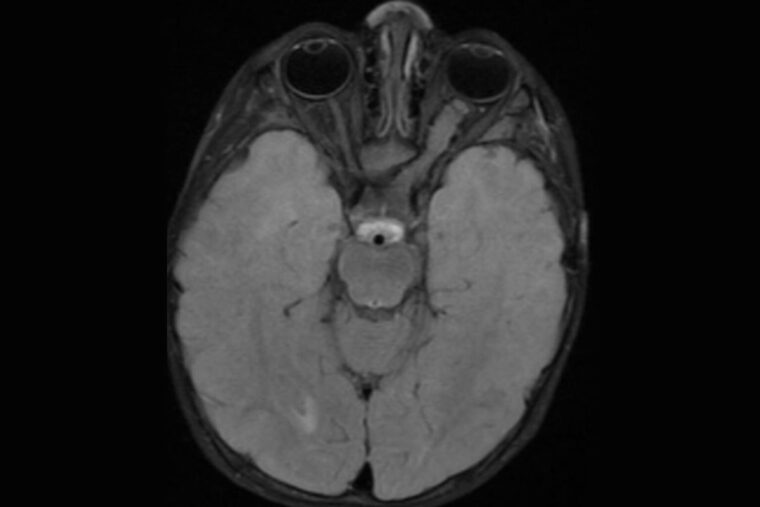2024-04-16 ワシントン州立大学(WSU)
<関連情報>
- https://news.wsu.edu/press-release/2024/04/16/deadly-bacteria-show-thirst-for-human-blood/
- https://elifesciences.org/reviewed-preprints/93178v2
血清へのタキシを介して媒介されるバクテリアの吸血鬼性 Bacterial vampirism mediated through taxis to serum
Siena J. Glenn,Zealon Gentry-Lear,Michael Shavlik,Michael J. Harms,Thomas J. Asaki,Arden Baylink
eLife Reviewed preprint version 2:April 16, 2024 (this version)
DOI:https://doi.org/10.7554/eLife.93178.2

Abstract
Bacteria of the family Enterobacteriaceae are associated with gastrointestinal (GI) bleeding and bacteremia and are a leading cause of death, from sepsis, for individuals with inflammatory bowel diseases. The bacterial behaviors and mechanisms underlying why these bacteria are prone to bloodstream entry remains poorly understood. Herein, we report that clinical isolates of non-typhoidal Salmonella enterica serovars, Escherichia coli, and Citrobacter koseri are rapidly attracted toward sources of human serum. To simulate GI bleeding, we utilized a custom injection-based microfluidics device and found that femtoliter volumes of human serum are sufficient to induce the bacterial population to swim toward and aggregate at the serum source. This response is orchestrated through chemotaxis, and a major chemical cue driving chemoattraction is L-serine, an amino acid abundant in serum that is recognized through direct binding by the chemoreceptor Tsr. We report the first crystal structures of Salmonella Typhimurium Tsr in complex with L-serine and identify a conserved amino acid recognition motif for L-serine shared among Tsr orthologues. By mapping the phylogenetic distribution of this chemoreceptor we found Tsr to be widely conserved among Enterobacteriaceae and numerous World Health Organization priority pathogens associated with bloodstream infections. Lastly, we find that Enterobacteriaceae use human serum as a source of nutrients for growth and that chemotaxis and the chemoreceptor Tsr provides a competitive advantage for migration into enterohaemorrhagic lesions. We term this bacterial behavior of taxis toward serum, colonization of hemorrhagic lesions, and the consumption of serum nutrients, as “bacterial vampirism” which may relate to the proclivity of Enterobacteriaceae for bloodstream infections.


